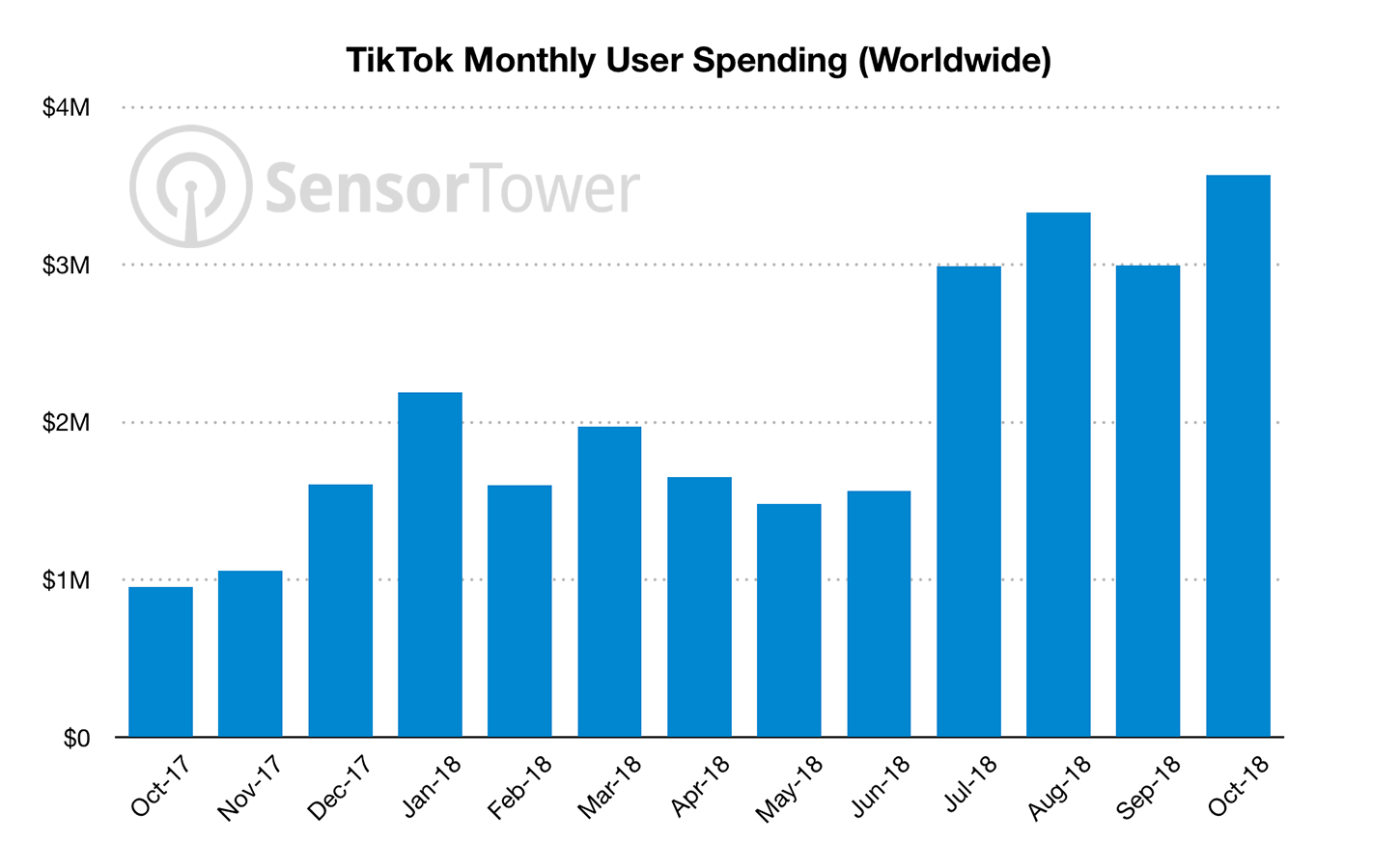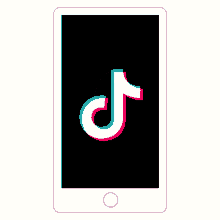In UK, from retail, manufacturing to agriculture and transportation, Internet of Things (IoT) and its applications has begun to make a loud influence especially over businesses that always seek opportunities to enter the niche market with competitive strength.
Due to availability of connected objects and smart cities, industries can witness and analyze real-time information about business processes and ongoing operations.
No wonder IoT app development is burgeoning progressively. According to Business Insider , consumers, organizations and governments will have installed over 40 billion IoT devices by 2023.
Among these early adopters would be government bodies and enterprises. The recent IoT Solutions World Congress held in Spain had many industry experts showcasing how IoT-enabled smart systems impact their business outcome.
The Internet of Things (IoT) will include 26 billion units installed by 2020. By that time, IoT product and service suppliers will generate incremental revenue exceeding $300 billion, mostly in services.
This implies that industries will rely greatly on the power of energy-efficient IoT sensors and IoT apps in connected network which is mobile and virtual, and built using cloud computing.
Read Also: Impact of IoT on Mobile App Development
Here is how IoT Applications are going to transform the major modern-day industries in UK.
1.) Smart Homes
With IoT, everything we knew and interacted with will change, including the way we live, work and exist in this world. By now, almost the entire consumer electronics world has experienced or known the power of smart home automation system in which domestic devices are connected over a network kept alive by Internet.
Smart homes are prominent example of IoT app development, are built to make lives more convenient, easier and enjoyable as they offer you great control to customize and monitor your home environment with enhanced security and energy efficiency.
A research work by BI Intelligence, by 2020 approximately 200 million smart home devices will be shipped, including refrigerators, washing machines, TV, security system of alarm and cameras as well as energy equipment such as thermostats, lighting and heaters.
Amazon, Philips and Haier are already leading the consumer product landscape at the moment with Amazon’s Alexa voice assistant always ready to read you daily news headlines or play your songs on demand.
Philips Hue is another example for smart home concept where a single bulb illuminates the space with 600-800 lumens. Its IoT capability is made compatible with Amazon Echo.
2.) Manufacturing
One industrial sector IoT is massively impacting is perhaps Manufacturing. The industry’s current challenges in UK can be cunningly tackled by sophisticated IoT applications and connected system as manufacturer’s factories are connected over a common network for enhanced performance, efficiency and maximized productivity.
As BI Intelligence predicts, global investment on IoT solutions in manufacturing sector is likely to touch $70 billion in 2020. In 2015, it was $29 billion.
By installing sensors to existing equipment, Manufacturers can effectively apply IoT solutions to monitor moving and static equipment, optimize processes and execute predictive maintenance.
With IoT app development and IoT solutions in place, you can collect and analyze the system data from sensors and make machine operations more effortless and smooth.
Operators can preempt possible breakdown or outage as they can foresee the repair or maintenance requirement of a machinery a little before it happens.
Not only factory assets are tracked accurately, but processes optimized with IoT can contribute to energy efficiency as well.
3.) Agriculture
Agriculture is also going to experience the power of IoT. BI intelligence premium research estimates that agriculture industry will have nearly75 million IoT devices installed in 2020 which is greater than 30 million in 2015 – which will foster IoT app development even further.
John Deere for example is using sensors in its farming tractors and connecting them to internet so that farmers can access real-time data about their crop production. In the same way, they can monitor their livestock in the fields.
Using advanced data analytics along with IoT sensors, farmers can even perceive the best optimal times to plant and grow crops for maximum production.
4.) Healthcare
As Healthcare embraces IoT technology, the transformation will include making difference to business efficiency and enhanced patient care
The optimal health of medical equipment is of critical importance and should never be ignored.
In UK, Healthcare IoT app development company can build applications that connect medically used machines such as MRI and Heart Rate monitoring system and other machines to the internet so that the hospital staff can accurately predict when would be the time for repair.
For instance, if you can collect data off the connected devices and equipment sensors, you can measure the usage pattern for the machine being used and eventually predict its possible failure.
By having the knowledge of when the repair is needed in advance, it is possible to keep the functioning of hospital operations intact.
5.) Retail
Already, AI and AR have taken over Retail sector when imbued with digital commerce. But for IoT and IoT apps, retail might be a new dawn.
Bluetooth beacons have empowered innovative retailers to finely reach their potential customers and enabled flawless communication with them on their personal devices using location-based services.
Hence, in retail IoT, the transformation will have customers linking to the retailer’s app and receiving detailed information about selected products coupled with personalized discounts.
Read Also: An Introduction to Mobile App Development
6.) Transportation
Transportation industry claims second highest IoT investment. From supply chain logistics to self-driving cars and public transit, IoT solutions are used to bolster the transportation part for better business efficiency.
Self-driving cars powered by IoT sensors have inspired a lot of curiosity and enthusiasm. Already, transportation has consumed $56 billion towards implications on IoT opportunities and applications.
With IoT apps, companies can connect their shipping vehicles with integrated sensors and monitor temperature, speed and other parameters to ensure the goods remain intact during the transit and reach the destination safely.
Moreover, these sensors can also be planted in a public buses or goods trucks or mini trucks with supporting software to collect data that helps drivers control the vehicles with enhanced fuel efficiency.
Caterpillar is leveraging the power of IoT sensors and applications for industrial analytics and data collection. The company garners and processes the data collected from industrial engines, tools, machines, and share valuable insights with customers.
Due to organized data analytics, customers can anticipate vehicle issues, reduce unnecessary downtime, predict maintenance and better manage fleets.
Thanks to evolving IoT app development, the future extension of such IoT solution could be IoT-connected infrastructure working in sync with connected vehicles to minimize traffic challenges and accidents.
7.) Energy
IoT also stands strong for energy sector and is transforming the way companies do business. It can foster the concept of smart meters just like smart devices. PG&E is now beginning to use the power of IoT-enabled smart meters.
The electronic smart meters can be used to monitor a customer’s energy consumption and can also communicate the data with utility company’s central energy system.
This two-way communication taking place between consumers and companies via smart meters can help companies predict present and future energy demand, power outages and schedule repairs.
8.) Wearables
Wearables are showing a lot of prospects for tech market innovators as the technology is embraced by millions of people across the world.
Due to massive scope of opportunities in IoT-connected wearable apps, Apple, Google and Samsung are hugely exploring the domain. Wearable IoT app development essentially involves devices covering health & fitness, sports, entertainment, commerce, news and more.
The pro is that IoT sensors for wearables are quite small and consume minimum energy.
For instance, Motorola Moto 360 Sport wearable watch gives both Android and iOS users important health info, communication-related updates and gaming experience on their wrist with an elegant and sleek watch.
On the other hand, there is Charge HR, a smart IoT wearable device which automatically tracks your heart rate, sleeping patterns, workouts and other activities.
It also gives you call notifications and synchronizes the data across almost all smart devices in use.
Read Also: 11 Vital Skills to Become An IoT Developer
Final note
In UK, IoT applications and devices are bringing everything together through automation of every object we use.
As new technological breakthroughs are made, IoT implementation and successive transformation will grow much faster and more secure.
It will impact myriad aspects of our mundane life from smart home, offices to kitchen and parking spaces, improving many things integrated in digital world.
Every year, IoT app development companies and connected devices are multiplying in numbers, making Internet of Things a billion-dollar industry for future.
However, to gain absolute benefits of these magnificent technologies, the global entrepreneurs needs a reputed IoT app development company courage to overcome existing barriers scattered along the path of industrial development.










































































